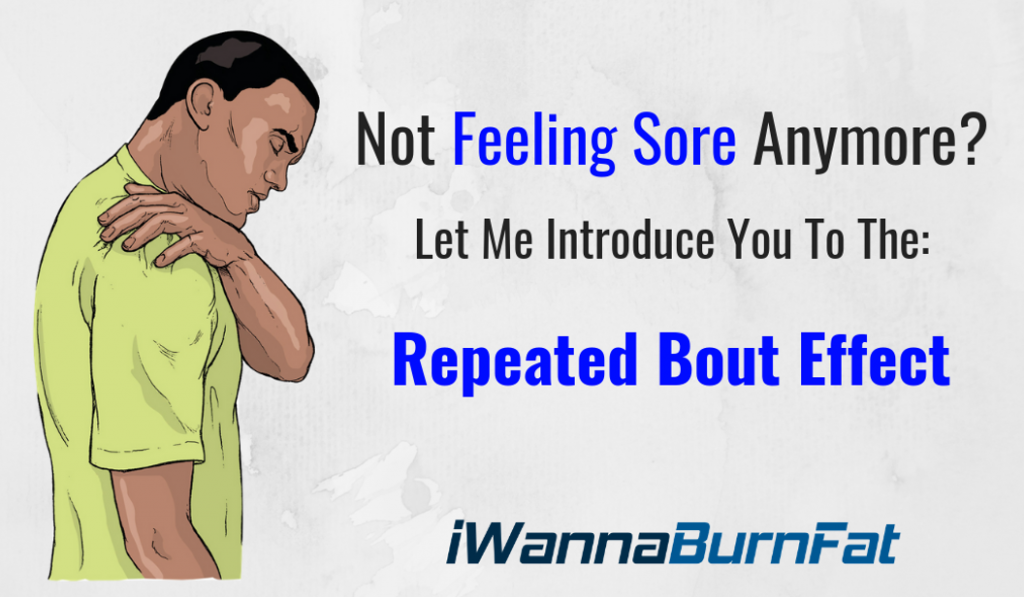Sure you will be sore at first, you are adding a new stimulus and that will always make you sore. As well as hit your recovery demand hard too.
Your body will adapt and you will see progress in both again.
Two cents:
I forget what, but I saw something else on the forum recently which spurred the following train of thought:
Back when I was a follower of the Gymnasticbodies style of programming/training, I read a lot of Christopher Sommer's ideas on progressive overload. He was a fan of "steady state cycling," which, in essence, meant that you start with something that is pretty hard, and you keep doing the exact same volume/frequency/intensity
until it becomes easy. Then you make a "jump" to a new intensity and repeat. Each jump, as I understand it can be at micro/meso levels, for example:
Adding reps once it becomes easy, then adding sets....
Followed by increasing the intensity after doing both of those....
Thus, it winds up being a really long form of periodization. The key is to allow oneself the periods where things feel easy between adding to a training variable. Sort of a "natural deload." Sort of...
Pavel has spoken of this type of training (I believe on the JRE podcast) saying that it delivers very solid, long-lasting gains, because the body has much more time to develop soft tissue and whatnot. In terms of gymnastics programming, this is important to avoid joint problems.
That was a long way of saying that "as long as you aren't
constantly sore throughout your cycle, you will see progress." So, at least in theory, as long as the OP gets over that inital "soreness hump" within a week or two AT MOST of a new program/cycle, he should be okay. But if he is sore every week of the cycle, it will be too much.
A final word, each "cycle" of that style of training can be quite long, lasting several months. It's not something to be in a hurry during.


